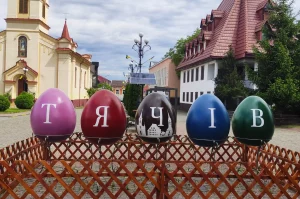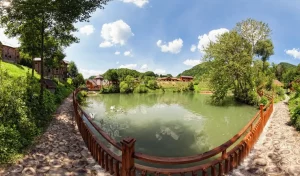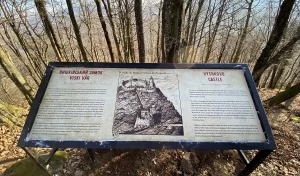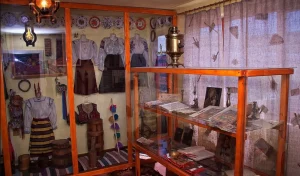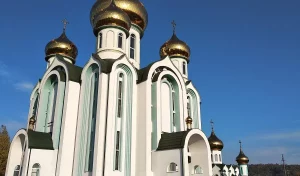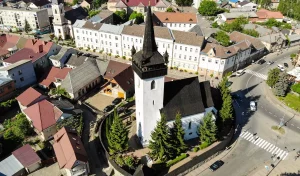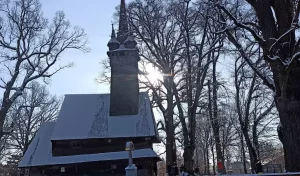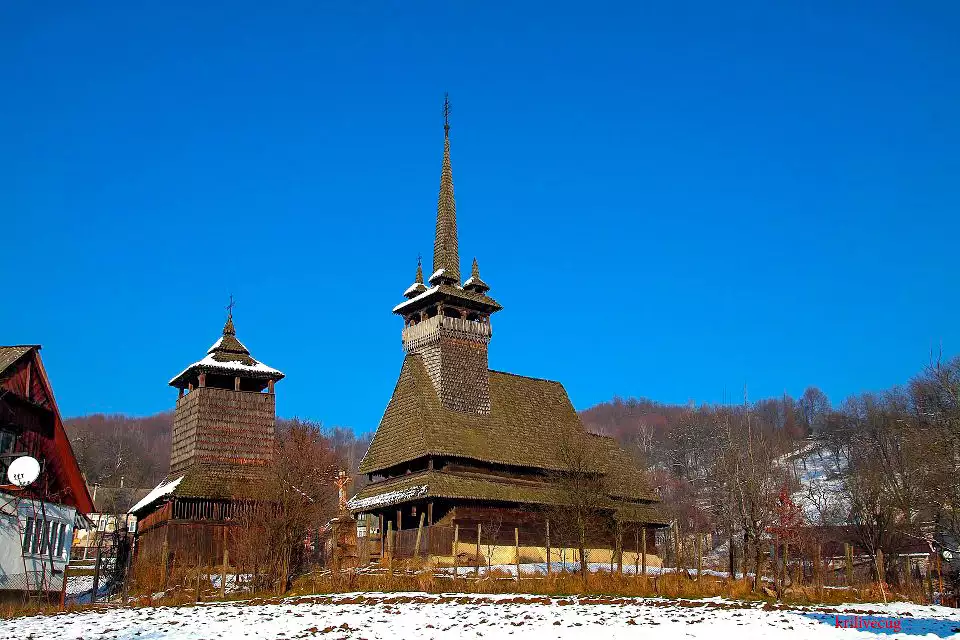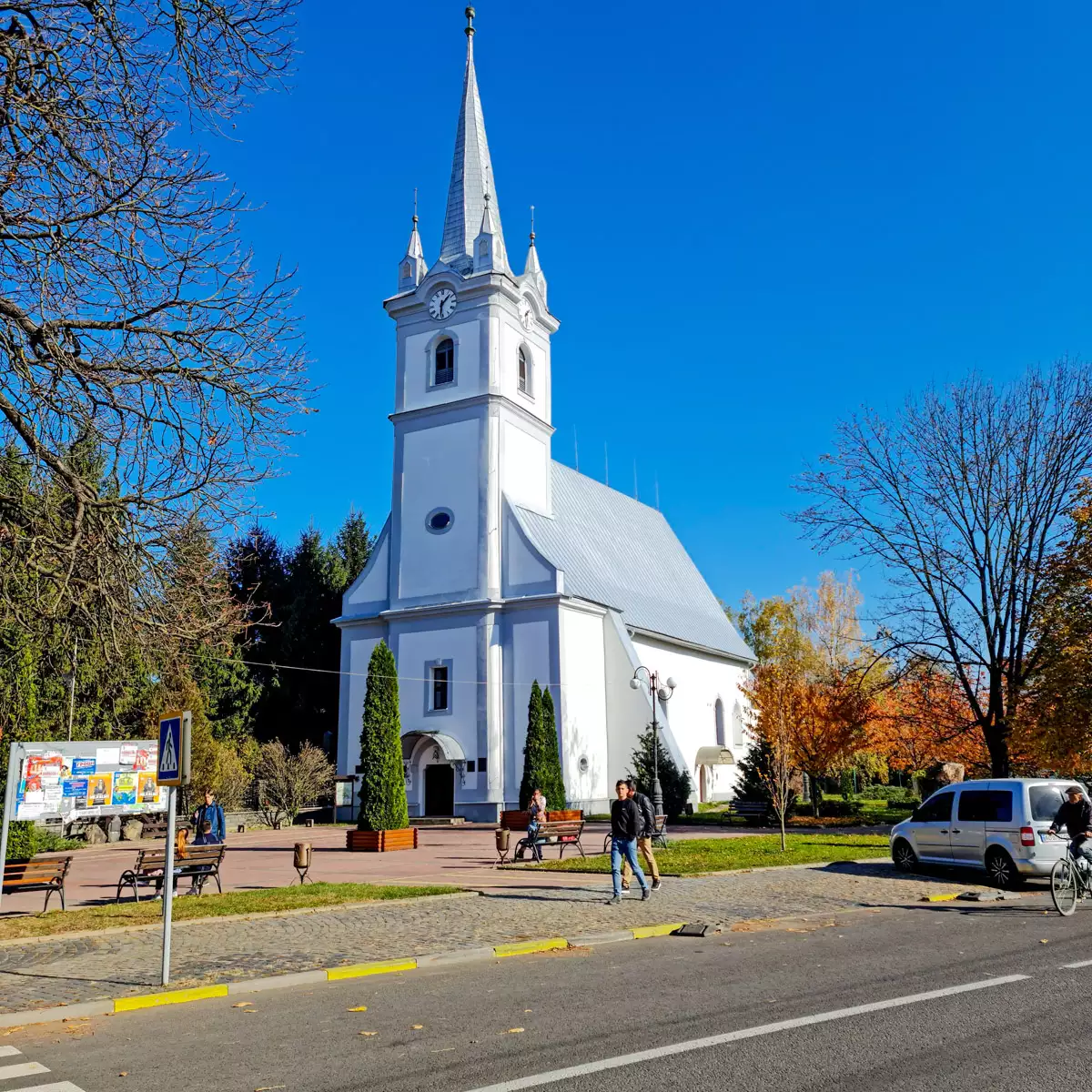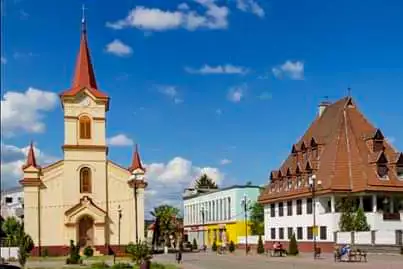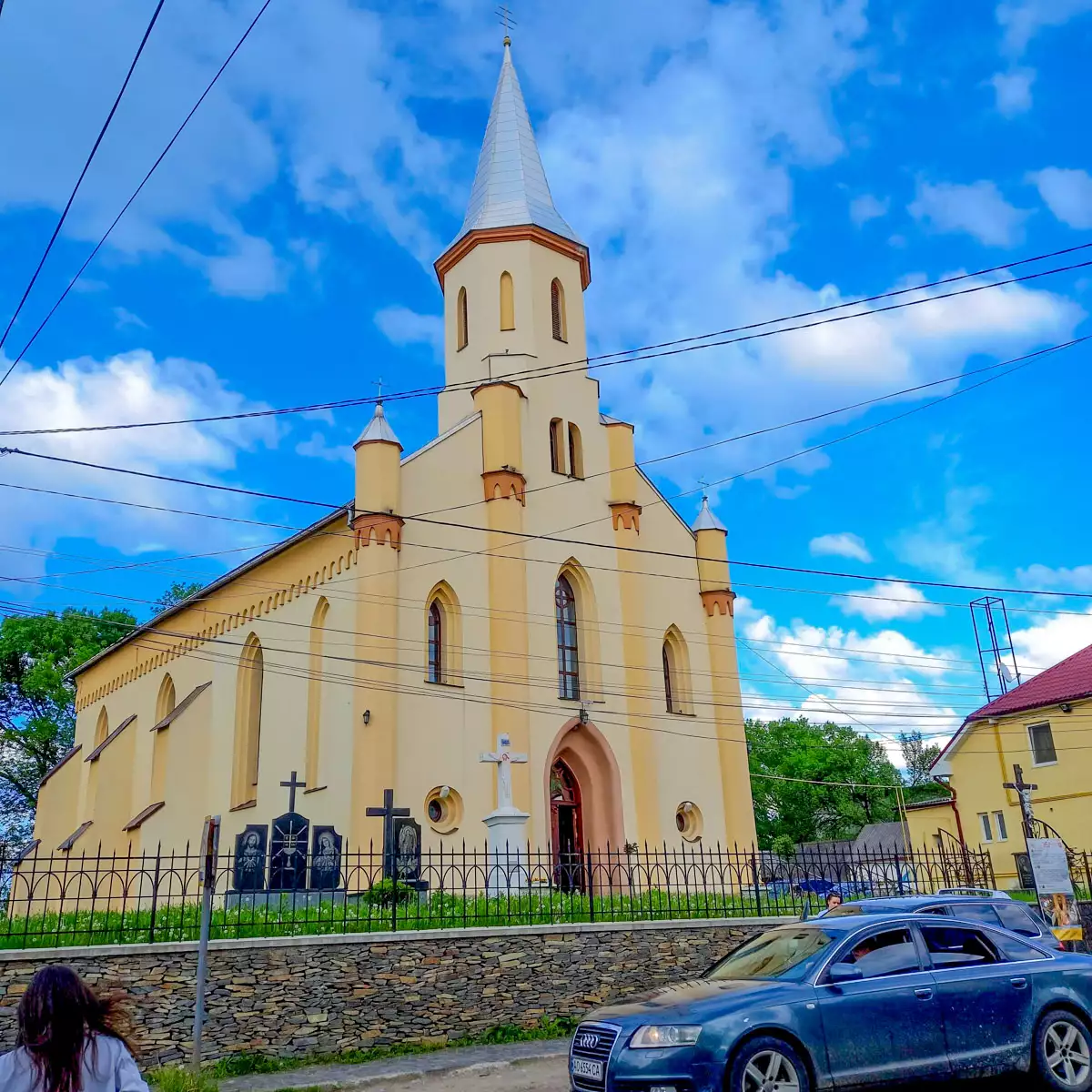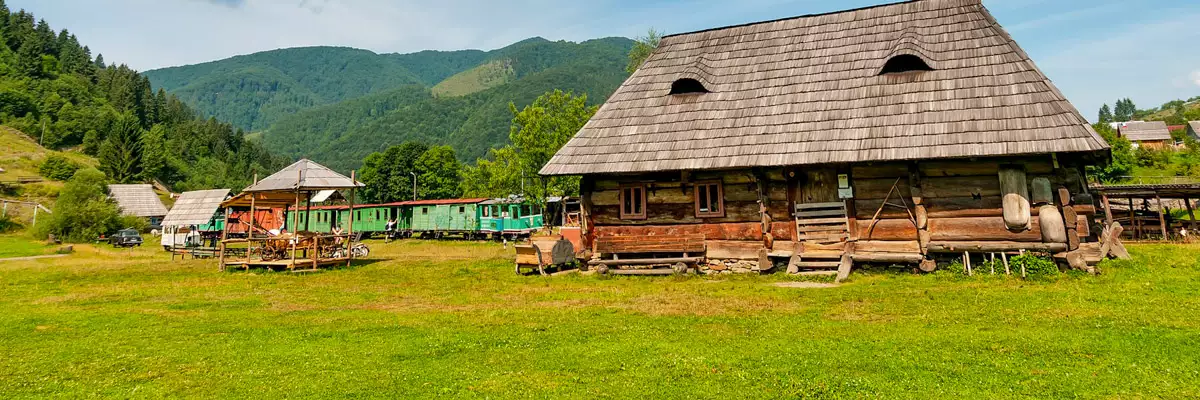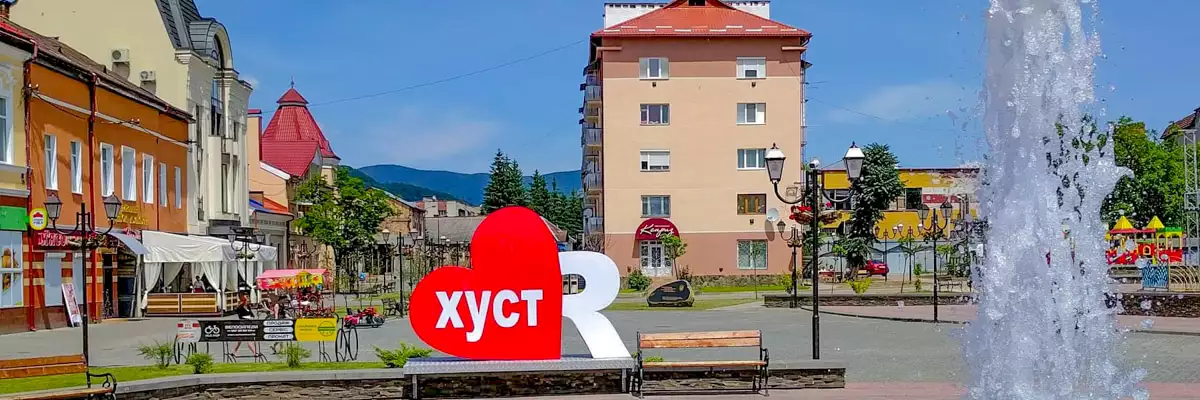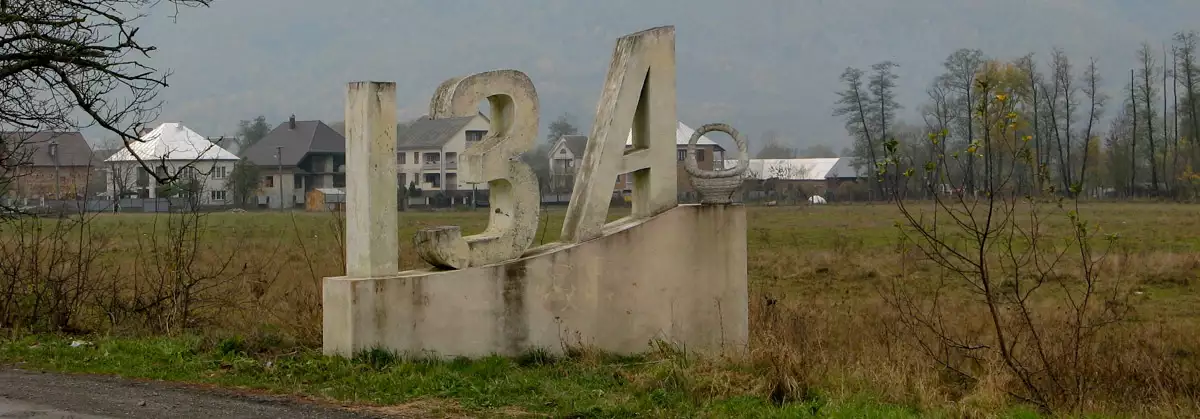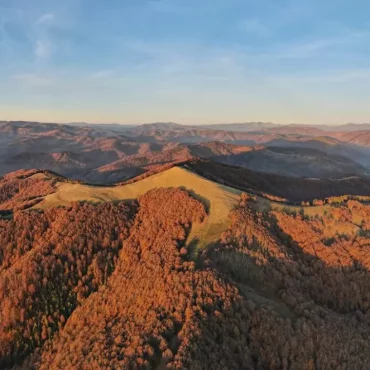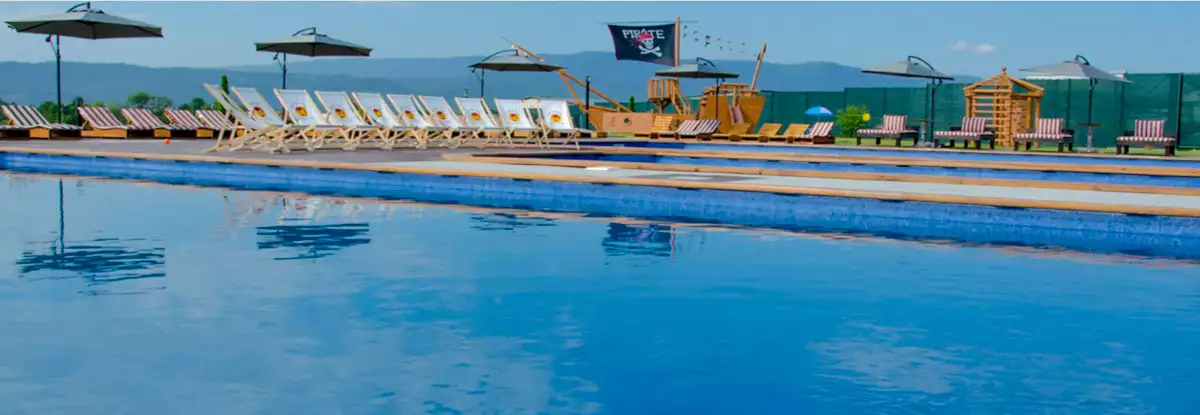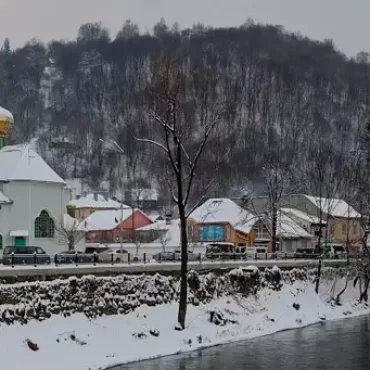Wooden churches of Tyachiv district
Travelling around Tyachiv district is, first of all, an acquaintance with the wonders of nature and wooden churches, which can be safely called the main cultural treasure of the region.
Unfortunately, the authorities and rural communities have not taken much care of this treasure, which has led to irreparable losses. For example, already in the years of Ukraine’s independence, the fire destroyed a magnificent example of Maramorosh Gothic – St Michael’s Church in the village of Neresnytsia. This church was built by master D. Hasynets in 1813.
In the twentieth century, the Tyachiv district lost more than 30 churches, preserving only six. Two of the six surviving churches once belonged to German colonists who settled in Transcarpathia in the nineteenth century. They are located in the neighbouring villages of Ruska Mokra (built in 1935, now, unfortunately, covered with a layer of putty) and Nimetska Mokra (the church was built in 1770).
To see one of the most interesting churches in the area, St Nicholas Church, you should return from Tyachiv along the Uzhhorod highway to Bushtyno (the village has a preserved 18th-century park), and then turn right at the crossroads near the railway crossing, towards the village of Tereblya.
After crossing the bridge over the Tereblya River, we soon enter the village of Kolodne, founded in 1450. Its population is over two thousand people. In the very centre of the village, on a hill, you can see the wooden St Nicholas Church, was built back in 1470. It is one of the two oldest churches in the Transcarpathian region. The church was built in the Odarev tract and later moved to its present location. Several stages of construction and reconstruction of the church are clearly reflected in its appearance. The main 12-metre-long oak log cabins and archaic windows on the eastern and northern walls have remained since the 15th century. During the reconstruction in the 16th century, a second tier of the bell tower was added to the nave. In 1770, the roof of the church was rebuilt in the Baroque style. In the same year, the interior of the church was painted by master Antonii Vali. For the last few decades, the church has not belonged to any religious community (there are two new churches in the village) and has been empty. This did not have the best effect on the condition of the church and the interior paintings. In 2006, the government allocated a grant for the restoration of the church and the roof was overhauled.
